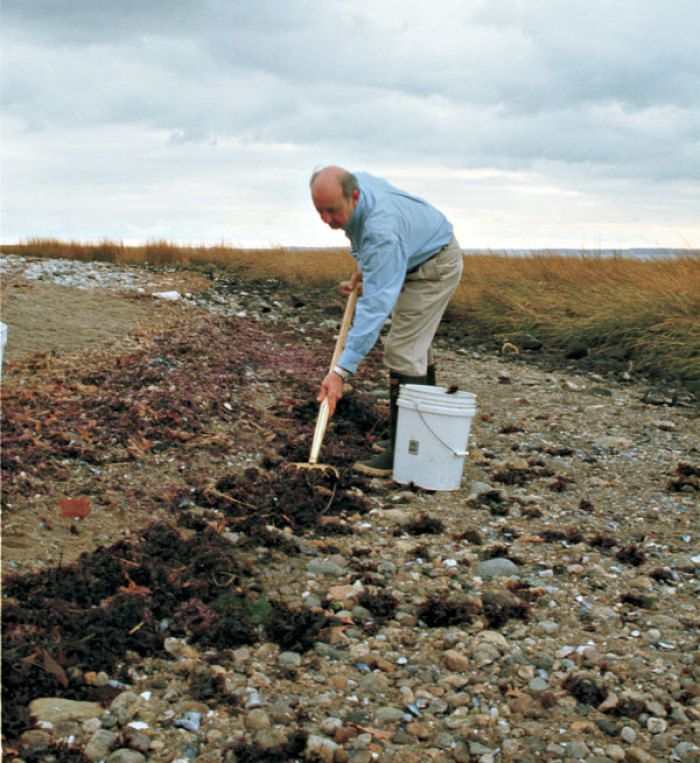
by James Carr
October 1999
from issue #23
The Aran Islands off the west coast of Ireland are windswept rock plateaus, nearly devoid of natural soil, and yet there are gardens everywhere, thanks to the virtues of seaweed. For centuries the islanders have hauled loads of seaweed and sand up from the beaches and deposited both in fieldstone enclosures. There the seaweed and sand are composted with clay scraped from rocks. Over the generations, islanders have collected enough fertile soil that their carefully tended plots are able to supply the community’s vegetable needs.
The agricultural use of seaweed has a long history in coastal areas around the world. Even in regions endowed with plentiful soil, seaweed has been used successfully. In the 1950s, production of liquid seaweed concentrate began, providing inland gardeners with the benefits of seaweed. A liquefied concentrate can be used to water plants, but more important, it can be used as a foliar spray.
Even the land-locked can benefit from seaweed
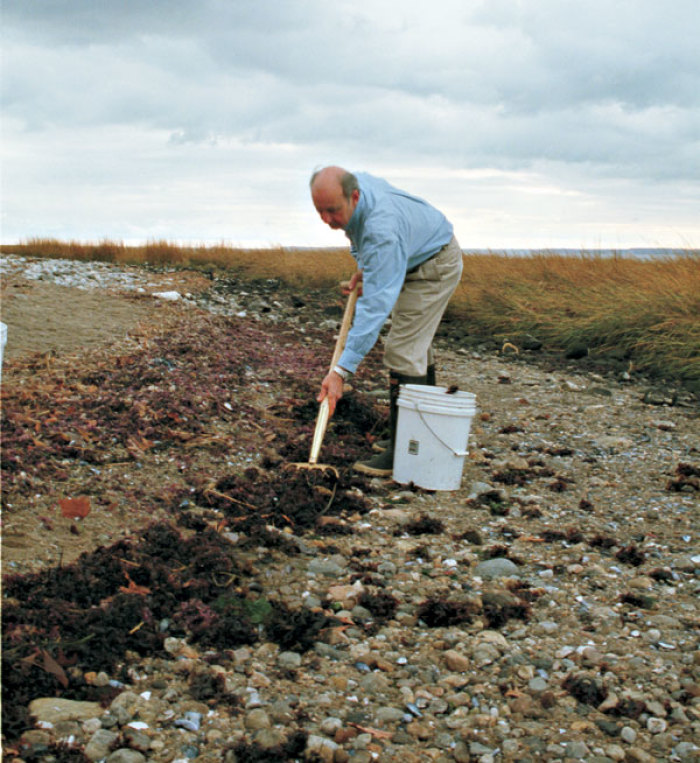 |
|
| Harvest seaweed only from the beach, never from the water, and be sure to get prior permission. | |
Why does seaweed possess such special properties? The answer lies in the environment in which it lives. Most of the seaweed used horticulturally in the United States grows in the turbulent coastal shallows of the northern Pacific Ocean and the northern Atlantic Ocean. Many of the earth’s minerals are dissolved in sea water, and the agitated action of waves and currents assures seaweed access to all of them.
Most of the seaweed products sold in the United States for horticultural use are derived from the seaweed Ascophyllum nodosum, commonly called knotted wrack. A. nodosum contains at least 60 elements, including many of those known to be essential for terrestrial plants: nitrogen (N), phosphorus (P), and potassium (K), boron, calcium, copper, iron, magnesium, molybdenum, sulfur, and zinc. Except for nitrogen and potassium, the amount of each of these lements in seaweed is quite small. The amount needed by plants is also relatively small, but it is critical. At best, deficiencies will lower productivity; at worst, plants will wither away.
Although amounts vary, dried A. nodosum typically contains from 1 to 1.5 percent nitrogen, 1.25 percent potassium, and only 0.2 percent phosphorus. Since seaweed is applied to plants in a highly diluted state, even the amount of NPK supplied is very small. Seaweed is not, therefore, a complete fertilizer.
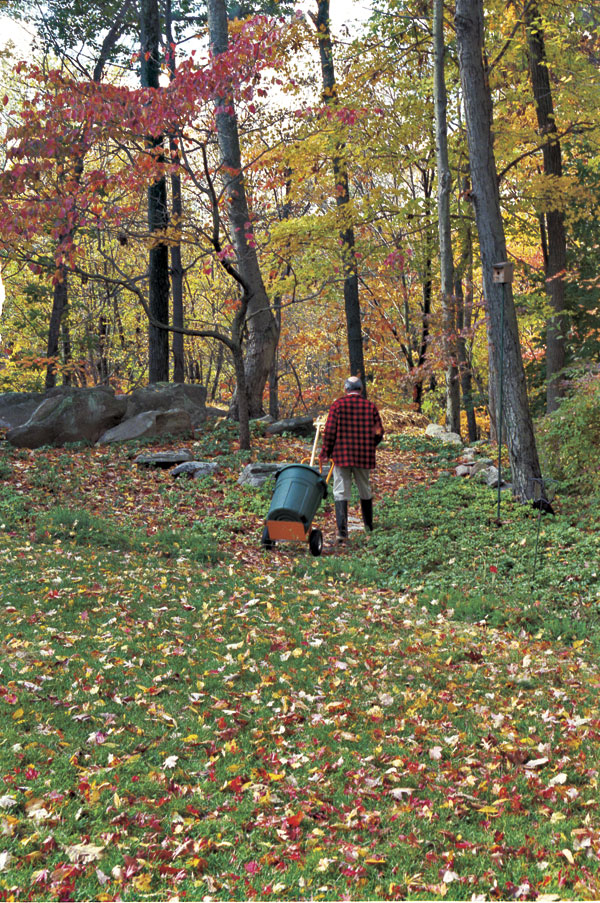 |
|
| A barrel full of seaweed is on its way to the backyard compost pile, where it will be used to carry on the tradition of making the best use of the natural ingredients at hand. | |
But the benefits of seaweed go beyond supplying nutrients. The sea water that provides seaweed with nutrients also carries bacteria, viruses, and fungi. As a defense against these organisms, it is thought that seaweed synthesizes an arsenal of chemical compounds, and these in turn can be used by garden plants. Seaweed also suffers damage from storms and foraging marine animals, yet regrows rapidly. In fact, some seaweeds are rich in compounds known as plant growth regulators.
When seaweed is incorporated into soil or sprayed on leaves, plants absorb its compounds for their own use. Seaweed promotes rapid, healthy growth and also stimulates the activity of bacteria that decompose soil particles into simpler nutrient compounds that plants can readily absorb. Chelating compounds in seaweed latch onto these nutrients, preventing them from leaching out of the soil, yet readily releasing them to plants.
Composting seaweed
Since I live near the shore, I gather seaweed from the beach and compost it. I always rinse seaweed with fresh water before adding it to the compost pile, so that salt doesn’t build up in the soil. I mix the seaweed with a lot of carbonaceous material, such as leaves or straw, which will create air spaces needed for good oxygen flow through the compost. Insufficient oxygen will turn the decomposition process anaerobic, which will cause the pile to exhale an odor that will not soon be forgotten. Even with good aeration, a certain aroma will linger around the pile for several days. This can be controlled by covering the pile with several inches of carbon material, which also prevents the pile from getting too hot. I like to keep the pile below 110°F to prevent decomposition of the valuable organic compounds.
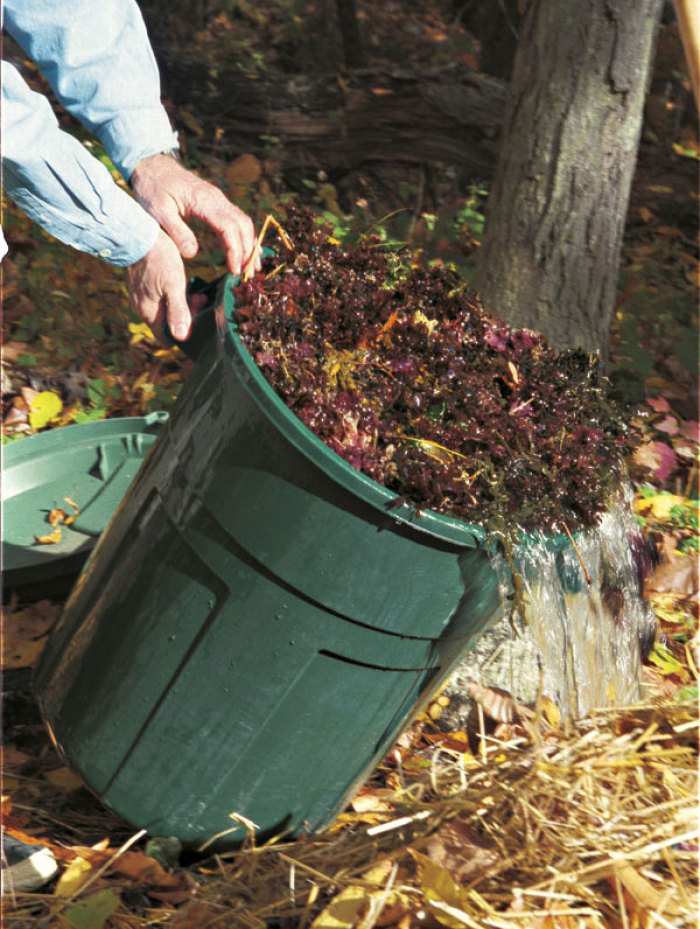 |
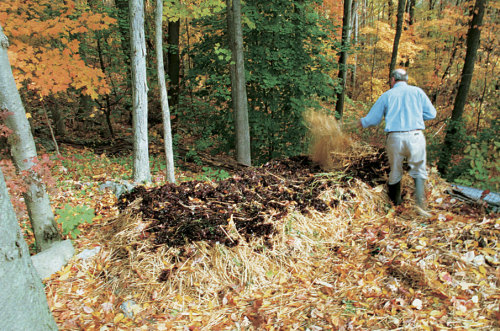 |
|
| Rinse seaweed with fresh water to remove salts that can harm some plants. | To compost seaweed, mix it with high carbon material, such as straw or dried leaves. | |
Those who plan to gather seaweed should obtain permission first. Most towns have ordinances against removing natural material from beaches, though they pay crews to remove seaweed. Whenever I’ve asked the Parks Department for permission to remove seaweed, it has been most cooperative, as long as removal was done in an ecologically responsible manner. Never remove seaweed from the water; only seaweed washed up on the beach should be collected.
If you cannot gather seaweed, you can purchase seaweed meal, which is raw seaweed ground up and bagged. You can add the meal to your compost pile or turn it into your soil.
Using llquid seaweed year-round
I use seaweed with my first gardening activity of the year—indoor seed starting. After depositing seeds on the surface of soil blocks, I cover them with a thin layer of dry soil, moistened with a misting of liquid seaweed dilution. Research shows that liquid seaweed speeds up germination and increases the percentage of seeds that germinate.
I have also found that the fungus-retarding property of seaweed suppresses damping-off disease. This first application of liquid seaweed, together with periodic watering of the growing seedlings with a seaweed dilution, assures the seedlings access to all the micronutrients they require, as well as to plant growth regulators. As an experiment, I grew two groups of seedlings, half of them treated with seaweed, half without. The seaweed-treated seedlings grew significantly more rapidly, were more robust, and had better root development. My observations have been verified by formal research at Clemson University in South Carolina.
| Sources for seaweed products Landlubbers can find seaweed products at garden supply centers, as well as through many mail-order purveyors. | ||
|
Arbico Organics Gardener’s Supply Company Peaceful Valley |
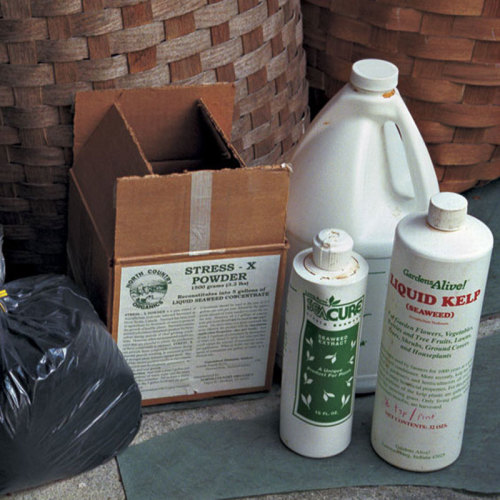 |
|
Liquid seaweed is sold as a concentrate, which is then diluted with water. To avoid a build-up of minerals, follow the manufacturer’s instructions for diluting the concentrate and for the frequency of application. Boron, for example, is essential to many plants, particularly those in the cabbage family, but too much boron can be harmful.
The shelf life of concentrate varies. Tony Ramsey, who manufactures Sea Cure, points out that if stored in a dry, cool, but not freezing, place, the concentrate should retain its efficacy for at least two years. However, after being diluted, it eventually begins to degrade, so mix only what you need for immediate application.
Seaweed concentrate is also available in powder form. This is the least expensive way to purchase concentrate, and it has an indefinite shelf life if stored under the same conditions recommended for the liquid concentrate. It is possible, though, that the dehydration process may degrade some of the organic compounds.
When I transplant my seedlings into the garden, they receive a foliar spray of seaweed dilution. Plants are subject to many kinds of stress, not only external, like transplant shock, heat, and drought, but also internal, like blossoming and fruit set. When a plant is under stress, its metabolism concentrates on its immediate survival needs, while production of growth hormones and compounds that ward off insects and disease declines. Seaweed foliar spray contains these important compounds. Applied to the leaves, they pass directly through the leaf stomata, the pores used for gas exchange, and are available for immediate use. To reduce moisture loss, leaf stomata close during the heat of the day, so spraying should be done in the morning or evening. I prefer to spray towards evening so the dilution will stay on the leaves through the cool, damp night.
I routinely spray fruiting plants when they blossom, and again when they set fruit. I take advantage of seaweed’s fungus-retarding property by spraying it on plants that are susceptible to mildew. It is thought that it retards the spread of mildew by interfering with the reproductive activities of the fungus.
Seaweed is also reported to increase the sugar content of plants and their fruits, which results in better frost protection. Seaweed may inhibit the rate at which a plant ages, resulting in longer life and greater productivity. Seaweed may also increase the shelf life of fruits and vegetables, whether sprayed on them post-harvest, or supplied in liquid form to the growing mother plants.
I sometimes think of the Aran Islanders as I trudge up from the beach, each hand carrying a 5-gallon pail packed full of seaweed. They knew, intuitively or by years of observation, that seaweed’s benefits were many. This knowledge is reinforced today, in my own garden. James Carr gardens on the rocky coast of Connecticut, where his garden reflects the bounty of land and sea.


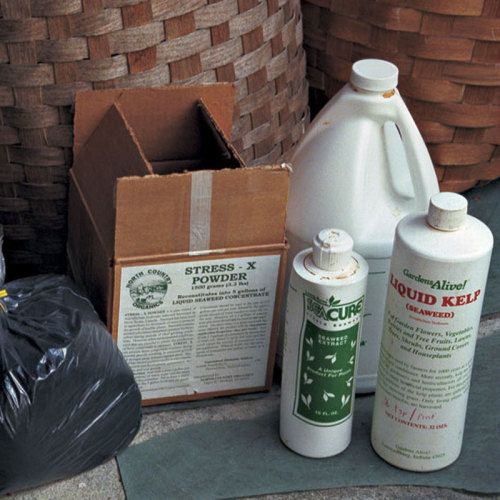
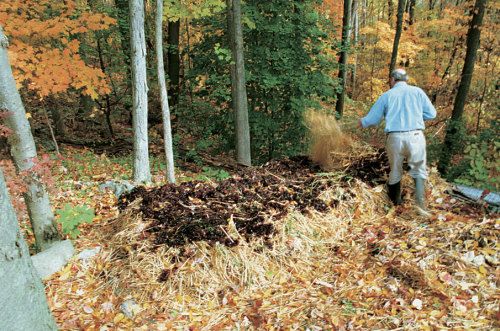




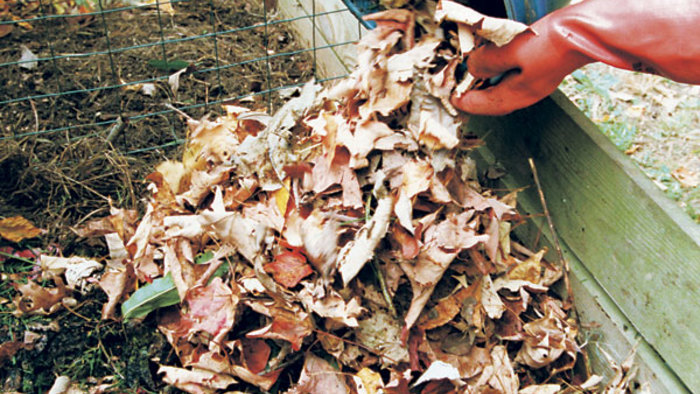
















Comments
Log in or create an account to post a comment.
Sign up Log in